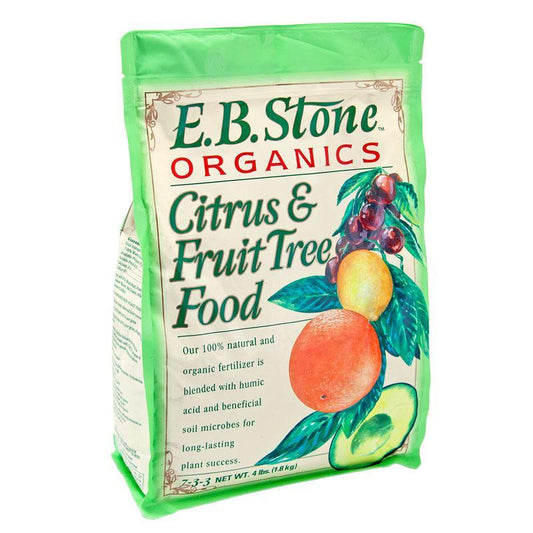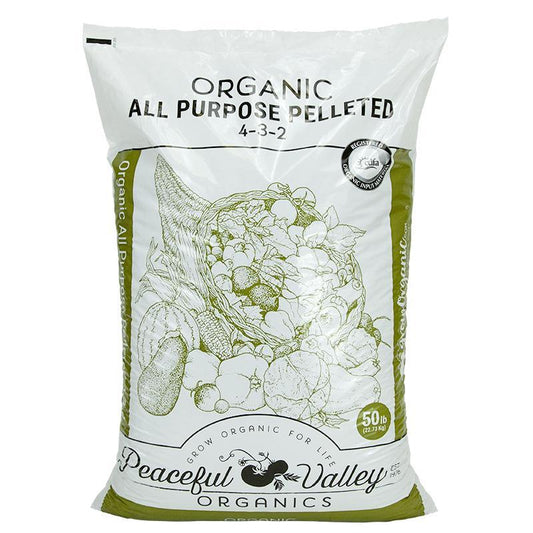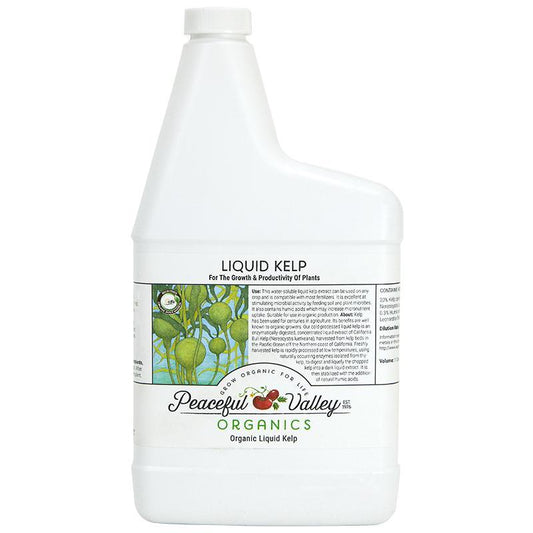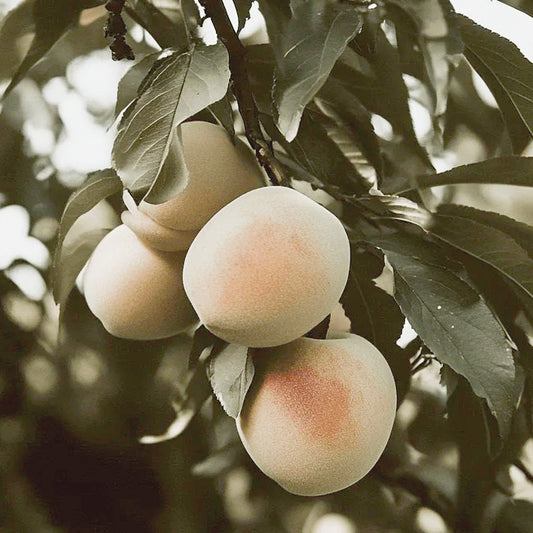Peach Tree Fertilizer Guide: The Best Fertilizer for Peach Trees & When to Use It
Peach trees reward growers with beautiful blossoms and juicy, flavorful fruit—but only when they receive the right nutrients at the right time. A well-planned peach tree fertilizer routine strengthens growth, prevents nutrient deficiency, and improves fruit size, sweetness, and overall quality fruit. Whether you’re caring for young trees or maintaining mature, bearing trees, knowing when to fertilize peach trees is just as important as choosing the best fertilizer for peach trees.
This friendly, easy-to-follow guide explains fertilizer types, timing, application techniques, and the ideal peach tree fertilizer schedule to support strong growth all season long.

Why Fertilizing Peach Trees Matters
Peach trees use a large amount of nutrients during the growing season. They push out foliage, develop blossoms, size their fruit, and then store energy for next year. Without proper tree fertilization, the soil quickly becomes depleted, leading to yellow leaves, poor fruit set, and weak growth.
The key nutrients in peach tree food include:
- Nitrogen (N): Supports leafy growth and early-season vigor.
- Phosphorus (P): Strengthens the root zone and helps flower and fruit development. Boost root health with high-phosphorus fertilizer products.
- Potassium (K): Improves fruit size, sweetness, color, and disease resistance. Enhance fruit quality with high-potassium fertilizers for fruit trees.
Together, these nutrients fuel productive, healthy trees that produce fruit reliably.

Understanding Nutrient Needs Throughout the Growing Season
Young Trees
During their first two to three years, young trees need only small amounts of fertilizer. Their energy is focused on establishing deep roots—not heavy foliage.
A balanced fertilizer applied lightly in spring supports early growth without overwhelming the plant.
Mature or Bearing Trees
Once trees begin producing fruit, their nutrient requirements increase. Mature, bearing trees benefit from:
- A spring feeding before bud break
- A second feeding in early summer to support fruit size and recovery
In sandy soils, nutrients wash through quickly, so split applications help trees receive consistent nutrition.

When to Fertilize Peach Trees
Early Spring: Preparing for Growth
Fertilizing peach trees in early spring gives them the boost needed for leaf growth and blossoming. This is one of the most important times to apply fertilizer. For more detailed timing guidance, you can use this helpful fruit tree fertilization guide.
Early Summer: Fruit Development
During early summer, fruit is growing rapidly. Peach trees benefit from phosphorus and potassium to increase fruit size, sweetness, and color. Avoid heavy nitrogen applications that may lead to leafy growth at the expense of fruit.
Late Summer: Building Reserves
By late summer, stop nitrogen applications. Potassium-rich fertilizers help strengthen the root zone and prepare the tree for dormancy.
When to Fertilize Peach Trees in California
Because California warms earlier, many growers start fertilizing as early as late winter or very early spring. The exact timing depends on frost risk and local microclimate conditions.

Best Fertilizer Options for Peach Trees
Granular Fertilizers
Granular or pelleted fertilizers provide slow, steady nutrition. Spread them evenly around the drip line—not directly at the trunk—to reach feeder roots.
Liquid Fertilizers
Liquid fertilizer for peach trees offers fast nutrient uptake and is ideal for sandy soils or quick mid-season corrections.
Organic Fertilizers
Choosing organic fertilizer for peach trees improves soil structure and boosts long-term health. Compost, bone meal, and liquid fish are all excellent additions.
Fertigation Systems
Fertigation delivers nutrients through irrigation lines, offering highly efficient and precise feeding for orchards.

How to Apply Fertilizer Correctly
1. Start with a Soil Test
A soil test helps you avoid over-fertilizing and reveals nutrient deficiencies. Use NPK soil testing kits to get accurate results.
2. Spread Fertilizer Evenly
Distribute fertilizer in a wide circle around the drip line to reach the feeder roots within the root zone.
3. Water Thoroughly
After you apply fertilizer, water deeply. Moisture helps nutrients move into the soil and prevents root burn.
4. Use Foliar Sprays When Needed
If your tree shows signs of nutrient deficiency—like yellowing or slow growth—foliar sprays offer a quick fix.

Additional Peach Tree Care Tips
- Prune Annually: Proper pruning improves airflow, sunlight, and fruit production.
- Learn how in this guide to fruit tree pruning techniques.
- Water Wisely: Peach trees need consistent moisture, especially young trees.
- See the peach tree watering guide.
- Protect From Disease: Watch for peach leaf curl early in the season.
- Review peach leaf curl control methods.
- Planting New Trees?
- Shop bare root peach trees for sale
- Or learn to grow your own using this guide on how to plant peach seeds.
Conclusion
A consistent peach tree fertilizer schedule keeps your trees healthy, productive, and resilient. By choosing the best fertilizer for peach trees, applying it at the right time, and paying attention to your soil conditions, you’ll enjoy bigger harvests, sweeter fruit, and vigorous growth all season long.









